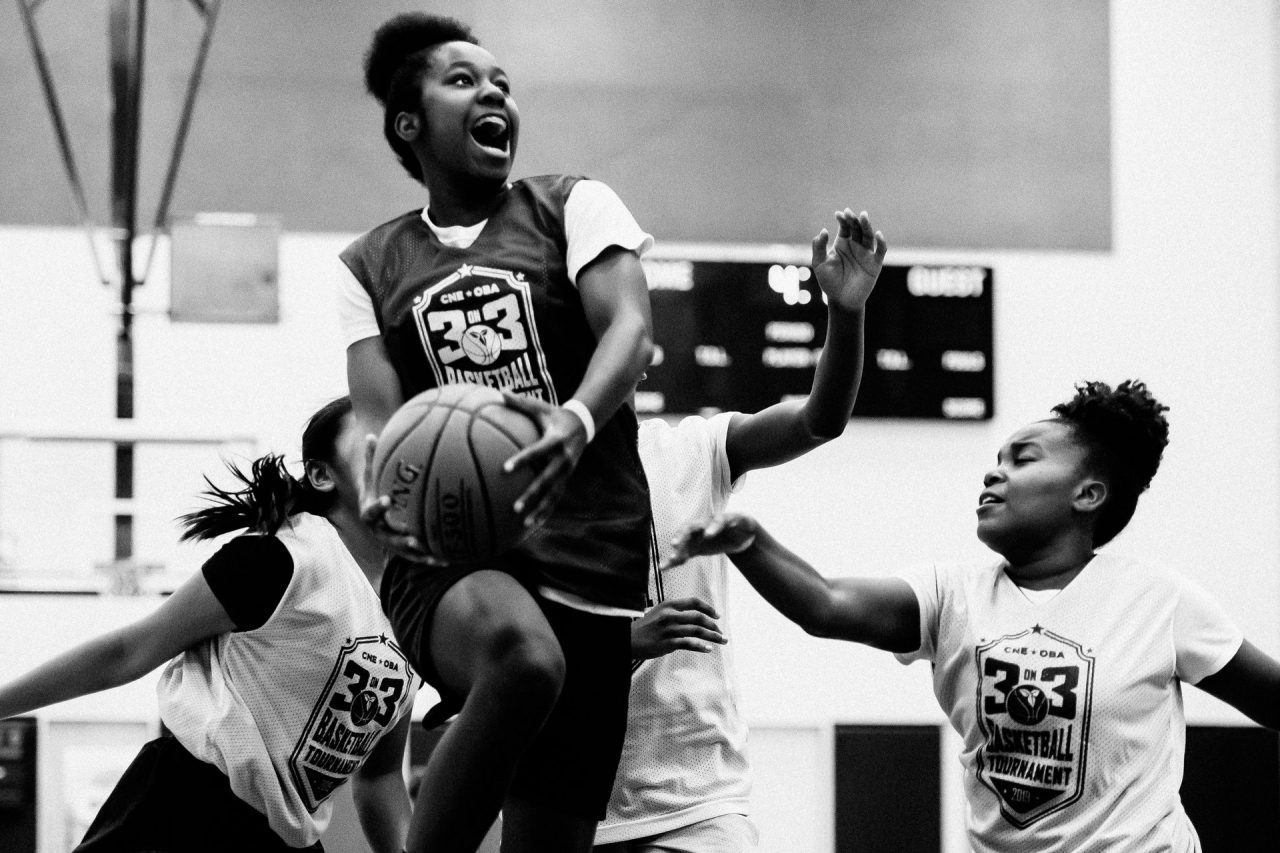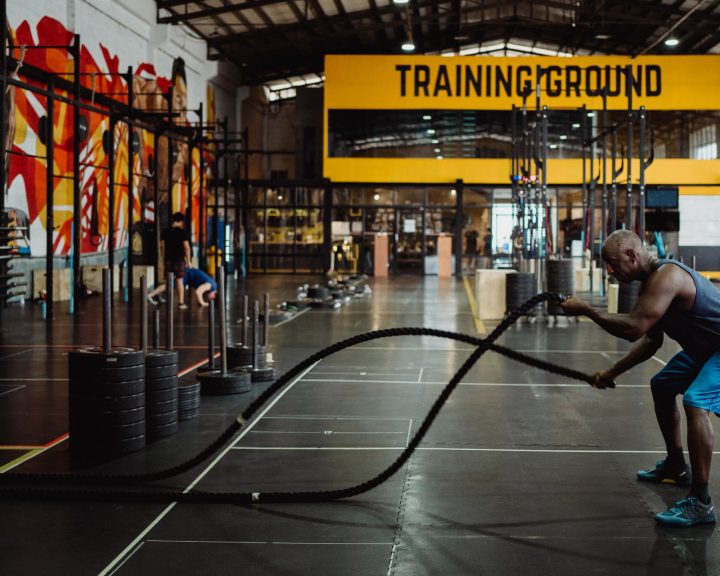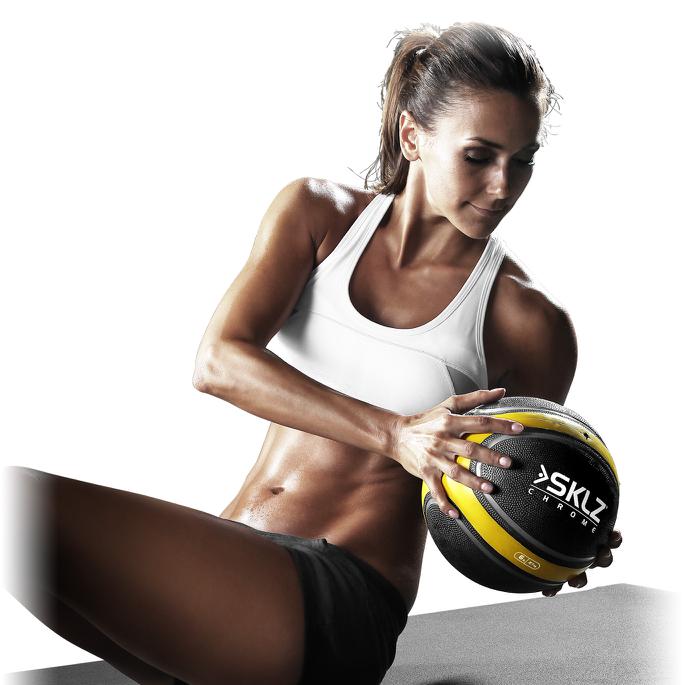In a previous post we introduced the concept of helpside defense. In it we talked about aggressively defending the athlete with the ball, positioning the defense so that it is guarding the offensive players that are within a pass of the ball, and guarding the “I” position if the athletes we are guarding are more than one pass away from the ball. In this post we’re going to cover what happens when the ball moves.
First, this is where we ended the last post. Player one has the ball, players two and four are one pass away from the ball. This means that player x1 is guarding the ball and x2 and x4 are positioned to block the pass if it comes to 2 and 4. Players x3 and x5 are in the “I” and are ready to react to attempts to enter the red zone or passes to players 3 and 5.
If the ball is passed to 2 or 4, we’re in a great position to deflect the pass or for a turnover. If the ball is passed across the court to 3 or 5, we’re in a great position to read that and either deflect or get a turnover.
However, let’s say the ball moved to player 3. This means we’re going to have to reorient our defense. For this example we’re going to say that none of the other offensive players moved (I know this never happens, but this is a teaching moment and we’ll make things more complicated over the next few weeks).
If the ball moves to player 3, then x3 needs to move up and get in between player 3 and the basket. X3 will be keeping the ball out of the red zone and attempting to move the ball to one of our push points. X5 needs to get in between player 5 and the ball, ready to block or take the pass.
Players x1, x2, and x4 all move into the red zone into the “I” position. This gives them the ability to read and react to passes across the court and they are there to keep player 3 (or 5) from getting into the red zone. Below is an image of what this would look like.






